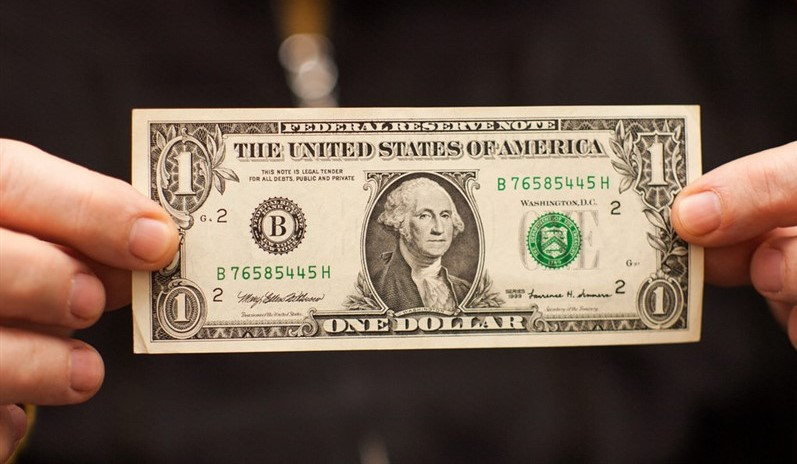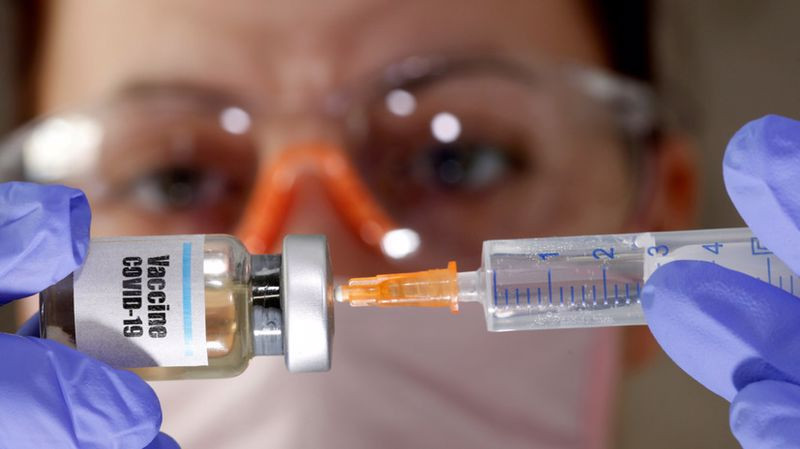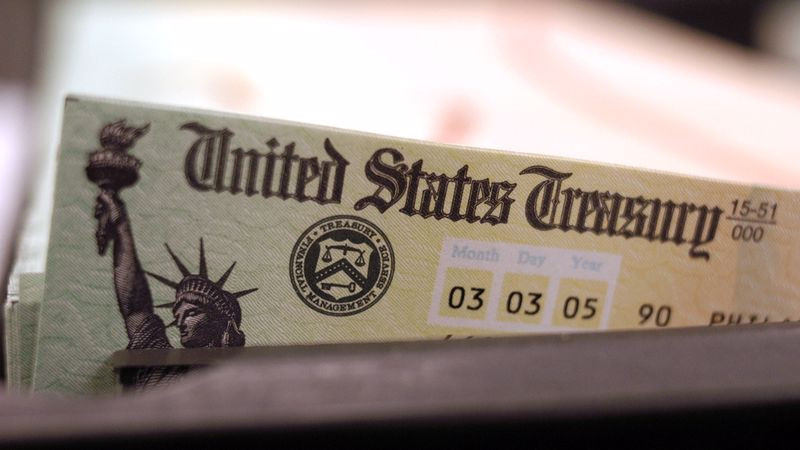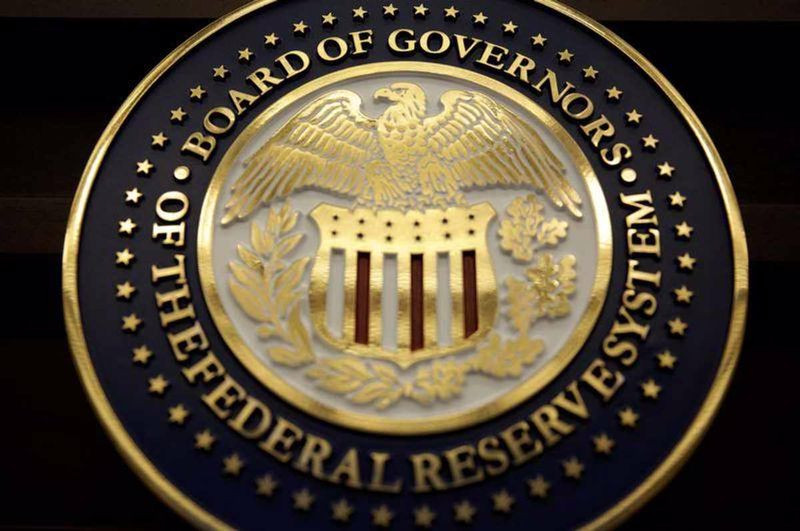
The mood in global markets remains cautiously optimistic, and behind the apparent calm lies a game of nerves. Investors are struggling to decipher the signals that the leading central banks are giving them.
The latter continue to walk a tightrope, balancing between the continuing high inflation, risks to economic growth and the constant background threat in the form of the COVID-19 pandemic, which has no end in sight.
At the same time, the communicative work of central bankers has recently become more complicated due to the large influence of markets, far exceeding what the earlier generation of central bankers had to face.
The value of global stocks is approaching $100 trillion, which is almost twice as high as before the pandemic, while the growth of government spending has significantly expanded bond markets.
What, according to traders, central banks should convey looks quite simple – they will provide significant assistance in the short term and ensure stability over the long term. However, such expectations create an almost perfect storm. It is possible that in the near future the leading central banks will "please" the markets with a change of paradigms.
The main Wall Street indexes rose on Wednesday for the third consecutive session.
In particular, the S&P 500 gained 0.3% and ended yesterday's trading near the 4701 point mark, which is slightly below the record high recorded on November 18.
Traders continued to act on the principle of "buy everything" against the background of the release of news signaling that the new version of the coronavirus "Omicron" may not cause such a negative effect on the economy as it was previously imagined.

The day before, BioNTech and Pfizer pharmaceutical companies reported that a course of three injections of the COVID-19 vaccine showed in laboratory tests a neutralizing effect against a new strain of the virus.
Another positive moment for the market was the fact that investors accepted the Federal Reserve's tough attitude towards the future course.
It is generally assumed that the bullish trend will end with a tightening of monetary policy in the United States. On the one hand, the market will really lose serious support. On the other hand, even though the Fed may accelerate the halving of QE, money still continues to flow into the stock market.
Also, we should not forget that even if the Fed stops buying bonds, it continues to reinvest the funds received from redeemable bonds. Despite the bloated balance sheet, the central bank continues to absorb most of the public debt.
Against this background, the S&P 500 index may well settle above the psychologically important level of 4,700 points, after which the road to a new record high will open.
Meanwhile, the yield curve of treasuries has moved in the direction of inversion, which historically is a harbinger of a recession in the United States.
Are the participants of the debt market betting on the "Japanization" of the American economy in the long term, and that high inflation will soon be replaced by long-term deflation, characteristic of the "liquidity trap", when the central bank is forced to constantly monetize debt against the background of economic stagnation.
The front part of the UST yield curve is now focused on the prospects of tightening the Fed's monetary policy, and the far part shows a growing recognition that the US economy is likely to slow down in the first quarter.

"Long-term US Treasury bonds are in no hurry to sell off even on the latest revival of risk appetite, as relief associated with the news about the virus may bring back the expectation of a Fed rate hike. At the same time, there will be concerns that the US economy will not be able to withstand an increase in the federal funds rate by more than 150 basis points or so in the coming quarters before the recession begins," Saxo Bank strategists noted.
Inflation became the dominant theme in 2021, eventually boosting the dollar after its weak start.
The Fed's hawkish shift this year was based on higher inflation and became a guiding star for the greenback.
However, the central bank may return to its dovish roots in 2022. Lower inflation and slower national GDP growth may slow down the movement of the US central bank and push the USD rate down.
In addition, now expectations of the first increase in the federal funds rate are the driving force of the dollar, and as soon as this happens, the markets can "buy the rumor, sell the fact."
If the worst of the pandemic remains in the rearview mirror, it will also weaken the greenback and allow the Fed to take its time tightening policy.
With each cycle, the pandemic seems to be getting weaker. The most important thing is that existing vaccines largely protect people, if not from infection, then at least from the severe course of the disease. Progress in this direction is a light at the end of the tunnel.
The optimistic market sentiment that would result from a healthier world is negative for the safe haven dollar. After all, in good times, investors rush to riskier assets.
It would also push consumption back to services from goods, easing inflationary pressures and the Fed's desire to tighten policy.
However, all this will happen later, but for now the uncertainty around Omicron is holding back optimism in the markets and supporting the protective greenback.

Investors seem to be convinced that next week the FOMC will announce an acceleration of the procedure for winding down asset repurchases. The Committee may decide that the pace of QE reduction should be increased from the current $15 billion to $30 billion monthly. This will complete the process by March and raise interest rates in the spring.
Meanwhile, European Central Bank President Christine Lagarde strongly rejects calls for an increase in interest rates in the eurozone next year.
In addition, according to Reuters, the ECB intends to increase the size of asset purchases under the APP program next year after the end of the PEPP program.
Given the fact that the Fed no longer considers high inflation transitory and is ready to take measures to reduce consumer prices, short positions on the EUR/USD pair on growth still look relevant.
The euro rose against the US dollar by more than 0.6% the day before. However, the single currency quickly lost its positive momentum. On Thursday, the EUR/USD pair reversed most of the previous day's growth, as a result of which it reached a weekly high around 1.1350.
OCBC strategists expect further weakening of the pair in the medium term.
"Strong resistance is expected for EUR/USD around 1.1380. Its breakdown will help the pair to acquire a positive technical attitude in the short term. Nevertheless, the theme of the divergence of monetary rates of the ECB and the Fed remains unchanged, and any rebound of EUR/USD may be short-lived," they believe.
The recovery of the main currency pair stalled on the approaches to 1.1350. Westpac analysts believe that the inability of the pair to break above 1.1400 may cause the resumption of the downward trend.
"Europe continues to adhere to quarantine restrictions against the background of high incidence rates of COVID-19, and this may increase the need to increase the volume of fiscal support to the most affected eurozone states," they noted.
"It is expected that next week the ECB will confirm the completion of the PEPP program, and this may shift the emphasis towards fiscal support and cause the expansion of bond yield spreads. If the markets focus on easing risk flight in the near future, this will allow the single currency to strengthen, and the EUR/USD pair to test the 1.1400 area. The inability of the bulls to take this barrier will cause the resumption of the downward trend and testing of the 1.1200 or even 1.1000–1.1050 area," Westpac added.





















